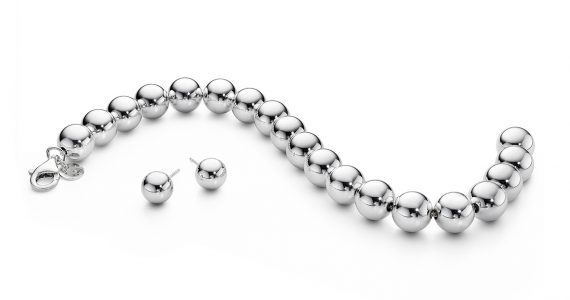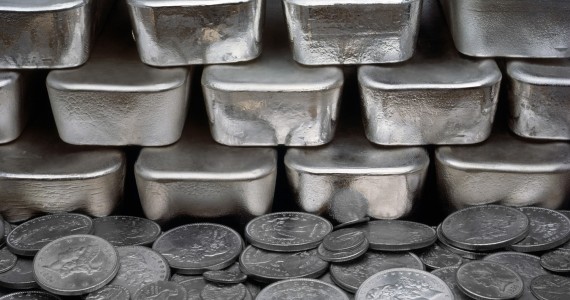Ask people to name metals and they’ll mention iron, platinum and titanium, but few will mention tantalum. No surprise because it’s not widely known and rarely talked about. While it is a rare metal, it is one of the most versatile and is currently being used in a lot of applications.
For those of you who haven’t heard of this metal and what it can do, let’s examine it.
Classification and Properties
Tantalum has been assigned the atomic number of 73 and the chemical symbol Ta. It does not corrode easily, has a shiny, glossy appearance and a gray blue color. This is also one of the most durable metals as its melting point is 3000 C.
Tantalum is inert and is one of the finest metals for use in alloys. Tantalum is classified in the refractory metal cluster and as a transition metal it is very effective and is often used as a replacement for platinum.
Its ductile properties is one of the best, and it is dense. Tantalum is easier to process and use compared to other metals and it is one of the best in conducting electricity and heat. It is also one of the most resistant to corrosive substances. While tantalum isn’t vulnerable to acid, it can be corroded substances that have fluoride ions.
Uses and Applications
After taking a look at its properties it’s easy to understand why tantalum is considered one of the most versatile. With tantalum you can use it in industrial construction, medicine, electronics and other products.
Electronic Capacitors
Tantalum is frequently used for making electronic components owing to its ability to conduct electricity. In fact 65% of tantalum use is utilized for creating capacitors. Its ductility aids in stabilizing the capacitor and boosts its capacitance value.
Alloys
Tantalum is one of the best metals to be used as alloy. It is ductile, durable, robust and combines nicely with other metals. However it isn’t as widely used because it is so rare. If it is going to be mixed, only a little will be used.
Camera Lenses
Tantalum is notable for making glass more transparent and the refractive index goes higher. With these features and capabilities, no wonder it is suitable for camera lens as it makes the glass refractive, more transparent and lighter.
Protection
With a melting point at 3,000 C, tantalum is one of the top protective metals. Its protective properties are durable enough to be used to safeguard jet engines. Any component that needs protection from intense heat will benefit from tantalum.
Chemical Process Applications
Tantalum is very resistant to corrosion and can handle any type of acid under 150 degrees. While there are a number of acids that can corrode tantalum they are rare. Its highly resistant nature means tantalum is perfect for pipes, valves, vessels and other types of chemical containers.
Surgery Equipment
Tantalum is also a good choice for surgical tools and equipment as it is light, durable and easy to utilize. When people think of surgical equipment, we think of efficient, lightweight materials that surgeons and doctors use, and tantalum is a perfect choice.
Surgery Implants
This metal is not toxic and non-reactive so it is appropriate for implants in surgery. What makes tantalum more effective than plastics and ceramics is it is lighter and stronger. In terms of efficiency and dependability, tantalum is better than plastic. While plastic and ceramic implants are still common, tantalum is the superior metal.
Semiconductors
Powerful semiconductors often have tantalum because it plays an important part. This metal is set on semiconductor substrates by way of physical vapor distribution. By suing this technique, a thin layer of tantalum is created and it serves as protection for the semiconductor.
Protection aside, tantalum also enhances the conductibility of semiconductors. This in turn leads to better functionality. Because of the way semiconductors work, it is very important that all parts work properly and that is why tantalum is used here.
Discovery
Tantalum was discovered by Anders G Ekerberg in 1802 while excavating rocks in Sweden. However in 1809 that William Wollaston, a chemist, declared that it was just another type of niobum.
But in 1946, a German mineralogist named Heinrich Rose proved that the element was something new. As the years passed by, the element would be classified and categorized like other metals.
The metal was named after Tantalus, the figure in Greek mythology. It is an appropriate name since niobium is named after Niobe, the father of Tantalus. Because of this it only seemed like the right thing to do to name this tantalum.
Conclusion
Tantalum has earned a reputation for being a conflict resource, and that is also not a shock given how valuable it is. It was once thought as just another plain metal, but as it turns this is one that’s proven to be valuable in our daily lives and functions.








